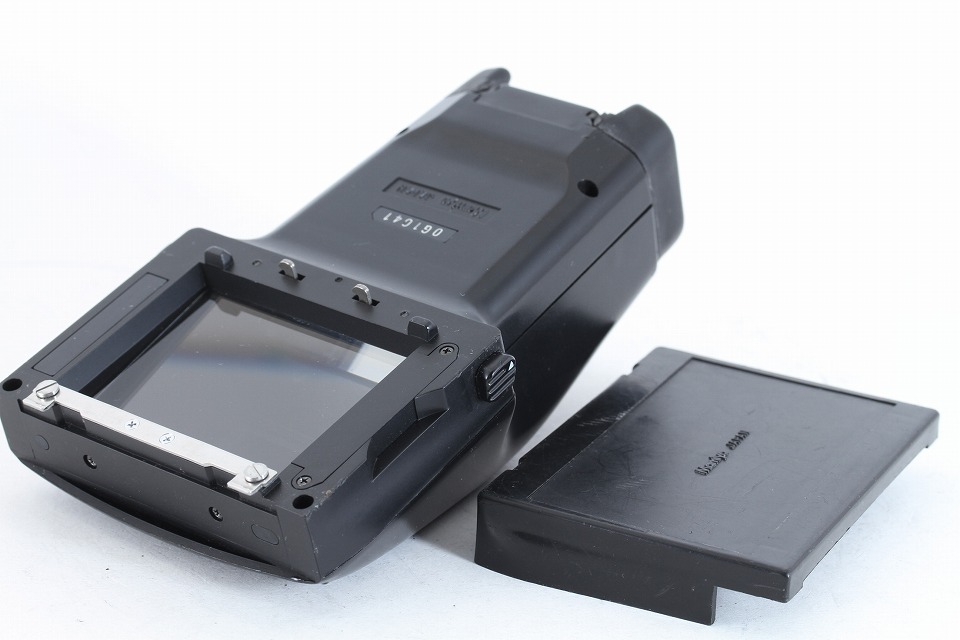

- MAMIYA 645 VIEWFINDER FULL
- MAMIYA 645 VIEWFINDER PC
- MAMIYA 645 VIEWFINDER PROFESSIONAL
- MAMIYA 645 VIEWFINDER SERIES

The Mamiya C-series of interchangeable lens, bellows operated TLRs was one of the company’s most successful lines. This camera would be the first real indication of the direction the company would take over the next several decades.
MAMIYA 645 VIEWFINDER PROFESSIONAL
In 1960, Mamiya would release their fist 35mm SLR called the Prismat which was designed to compete with the growing number of Japanese 35mm SLRs in the market, but they would also step up to the professional market with a Linhof inspired medium format press camera called the Mamiya Press.
MAMIYA 645 VIEWFINDER SERIES
The Magazine 35 was not very successful, but the Mamiyaflex C would be the first in a long running series of semi-professional TLR cameras with interchangeable lenses.

As a result in 1957, Mamiya would release two very innovative models, a 35mm rangefinder with an interchangeable film back called the Magazine 35, and the Mamiyaflex C, a 6cm x 6cm TLR with interchangeable lenses. The Mamiya Magazine 35 was an innovative camera with a removable film compartment which would allow a photographer to swap films mid roll.īy the mid 1950s, the Japanese camera market had become very crowded with as many as a dozen other Japanese competitors all making models covering many different film formats and camera designs. By the mid 1950s, Mamiya would become one of the premiere Japanese camera makers. A year later, the Mamiya 16, a 16mm subminiature camera would be released.ĭuring this time, Mamiya would acquire several smaller Japanese optics companies so that they could design and build their own lenses and shutters instead of relying on third party resources. In 1948, Mamiya would expand their product line to include a 6cm x 6cm TLR called the Mamiyaflex and a fixed lens 35mm rangefinder called the Mamiya 35. Over the course of the next 8 years, the Mamiya Six would be upgraded several different times, adding features like a rangefinder, dual 6×6 and 6×4.5 format, better shutters, and better lenses.
MAMIYA 645 VIEWFINDER FULL
A few months later in January 1946, Mamiya had resumed full scale production of the Mamiya Six at a new facility in Tokyo. In October 1945, Mamiya was the first Japanese optical company to receive an order to resume production by the office of General Douglas MacArthur during the Allied occupation of Japan following World War II. By early 1944, the company had grown to 150 employees and had expanded to a second facility on the grounds of Tokyo University to build lenses. Mamiya saw immediate success upon the release of it’s camera, and was one of the few optical companies that continued to grow during World War II. The company’s first camera was the Mamiya Six, a folding camera that shot 6cm x 6cm negatives on 120 roll film. Mamiya was originally founded in 1940 by inventor Mamiya Seiichi and investor Sugawara Tsunejirō as Mamiya Kōki Seisakusho (Mamiya Optical Works). Manual: Seiichi Mamiya and Tsunejiro Sugawara showing off a Mamiya Six sometime around 1940.
MAMIYA 645 VIEWFINDER PC
Lenses: Mamiya-Sekor C 80mm f/2.8 coated 6-elementsĮxposure Meter: TTL CdS meter with 7 segment LED Viewfinder Readoutįlash Mount: Hotshoe plus X and FP PC sockets There were many different variations over the years, and towards the end of the model’s production, the body design incorporated more and more plastic.įilm Type: 120 or 220 dual format (15 or 30 6cm x 4.5cm exposures) Mamiya made a total of 11 different 645 models over the course of over 25 years. The M645 was Mamiya’s first 6cm x 4.5cm medium format camera and was in production from 1975 – 1987. It was a popular choice of wedding photographers due to it’s rugged design, interchangeable lenses and viewfinders, support of 120 and 220 film, and wide assortment of accessories. This was one of the most popular cameras for professional and advanced amateur photographers of the late 70s and early 1980s. This is a Mamiya M645 semi-professional medium format Single Lens Reflex camera.


 0 kommentar(er)
0 kommentar(er)
